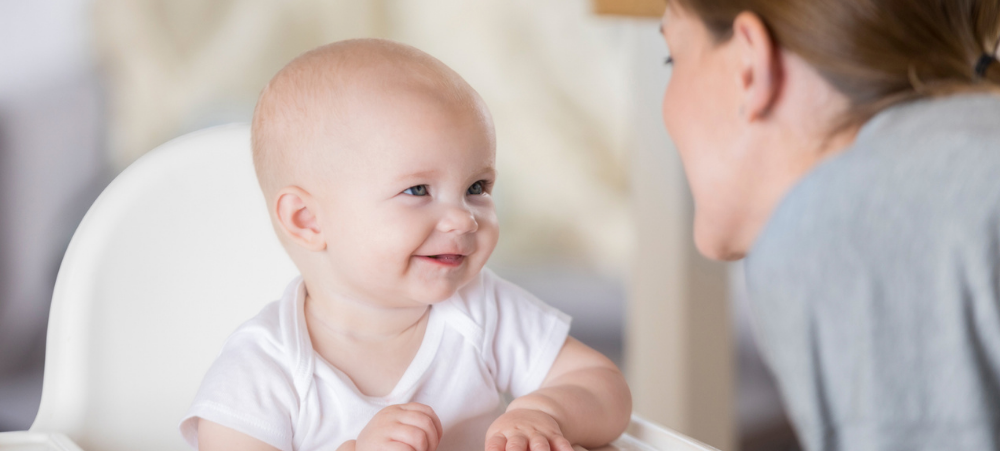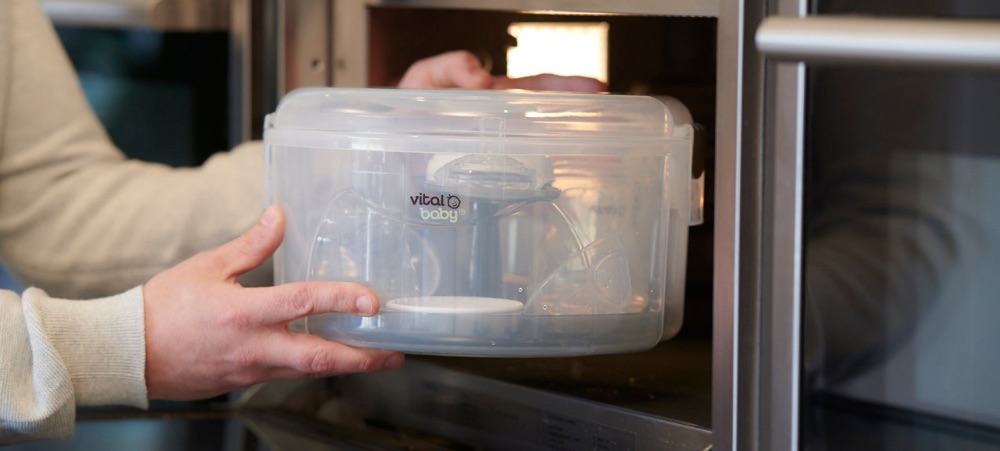
Ease Your Child’s Winter Woes With Panado® Infant Drops For Pain And Fever
As a parent, nothing is more important than ensuring that your little one is healthy and happy. However, during the winter months, babies and young children are more vulnerable to typical winter ailments.1 Infants run a higher risk of respiratory infections because their immune systems aren’t fully developed.2 Panado® Infant Drops help with the relief of mild pain and fever associated with colds and flu.3 One of the most significant challenges when it comes to administering medication to babies is ensuring accurate dosing. This is where Pando® Infant Drops excel. The medication is specifically designed to be administered in small doses, making it easier to get the dosage just right. The dropper that comes with the medication is also designed to be easy to use and accurate, making sure that you can give your baby the correct amount of medication every time. Formulated To Be Gentle On Your Baby’s System Panado® Infant Drops contain paracetamol, which is a trustworthy4 solution for treatment of pain and fever in children.5 This means that you can rest easy knowing that your baby is getting the care they need. Another benefit of Panado® Infant Drops is the convenience they offer. The small bottle with a dropper, can easily fit into your nappy bag, handbag, and car cubbyhole, making it easy to take with you wherever you go. Whether you’re heading to the park, going on a road trip, or simply running errands, you can be confident that you have the medication you need to take care of your little one. The dropper also makes administering the medication convenient. You can easily give your baby the medication without having to worry about spills or getting it all over their face, or your clothing. This means that you can administer the medication quickly and efficiently, even when you’re in a hurry. Specially Designed For Infants It’s worth noting that Panado® Infant Drops are formulated specifically for infants up to a year old. Overall, if you’re looking for a pain and fever medication that is easy to use, then Panado® Infant Drops is an excellent choice. With its accurate dosing and convenience, you can be confident that you’re giving your baby the care they need during the winter months. Other Panado® Products Suitable For Your Child In addition to Panado® Infant Drops,3 Panado’s range for children includes Panado® Paediatric Syrup, Strawberry (50 ml | 100 ml),6 Panado® Paediatric Syrup, Peppermint Alcohol and Sugar-Free (50 ml | 100 ml),7 and Panado® Paediatric Syrup, Peppermint 5 ml Sachets. Make pain and fever care easy by shopping for Panado® products from independent pharmacies and selected Clicks, Dis-Chem, and Pick ‘n Pay stores. For more information, visit https://panado.co.za/ and join the conversations on Facebook. #Panado #ADoseOfCare 2023050910278218 References: Medical Academy. Winter illnesses and children: when to be concerned? Available from: https://www.medicalacademic.co.za/winter-ailments/winter-illnesses-and-children-when-to-be-concerned/. Last accessed 27 March 2023. UTHealth Houston. Six tips for children’s wintertime illnesses. Last accessed 27 March 2023. Available from: https://www.utphysicians.com/six-tips-for-childrens-wintertime-illnesses/ Panado® Infant Drops (Drops). Approved package insert, August 1990. IRI Data for MAT August 2021. de Martino M, Chiarugi A. Recent Advances in Pediatric Use of Oral Paracetamol in Fever and Pain Management. Pain Ther. 2015;4(2):149-168. doi:10.1007/s40122-015-0040-z. Last accessed 27 March 2023. Available from: https://www.ncbi.nlm.nih.gov/pmc/articles/PMC4676765/ Panado® Paediatric Syrup Strawberry. Approved package insert, March 2002. Panado® Paediatric Syrup. Approved package insert, April 2010.


































